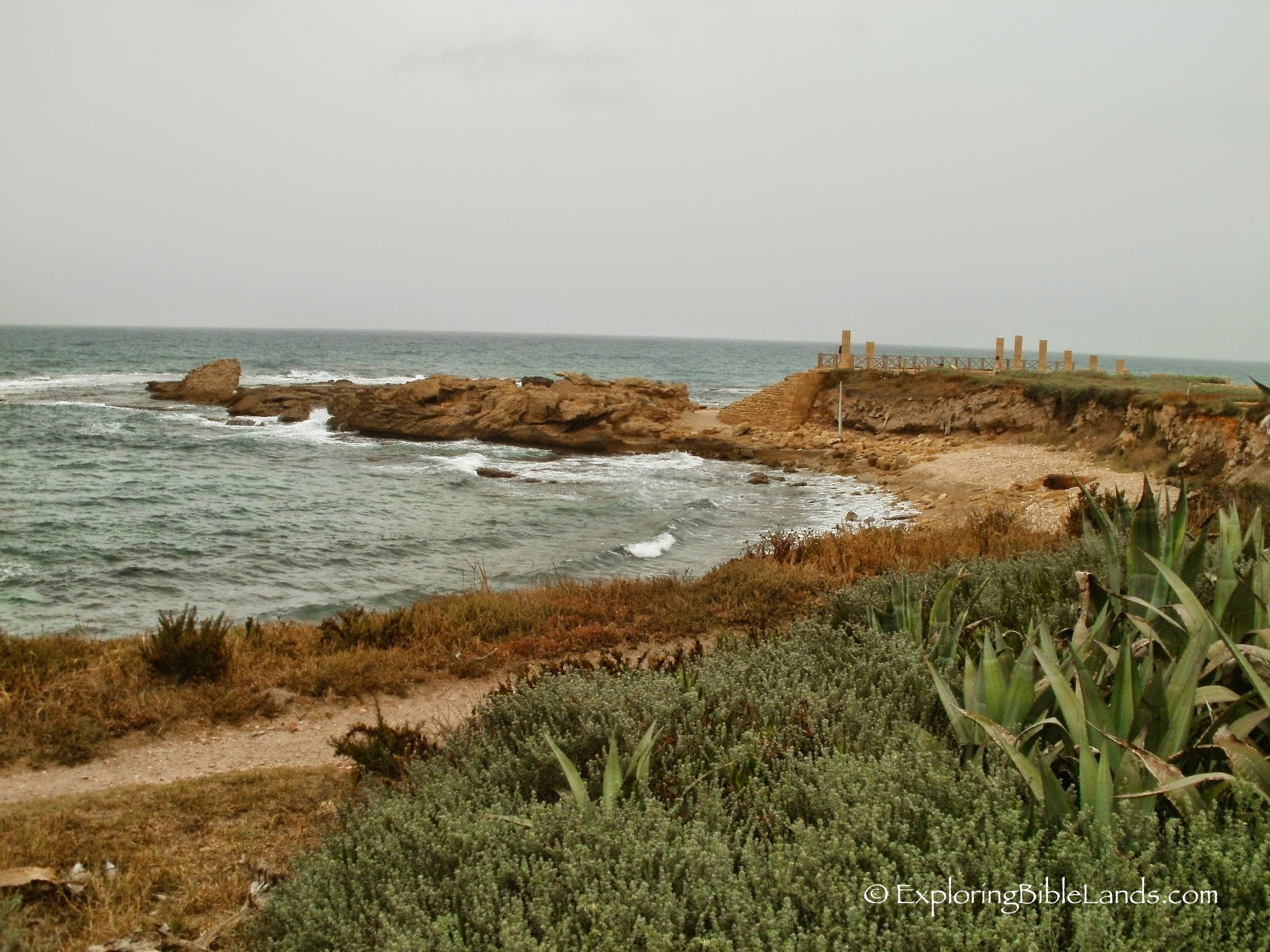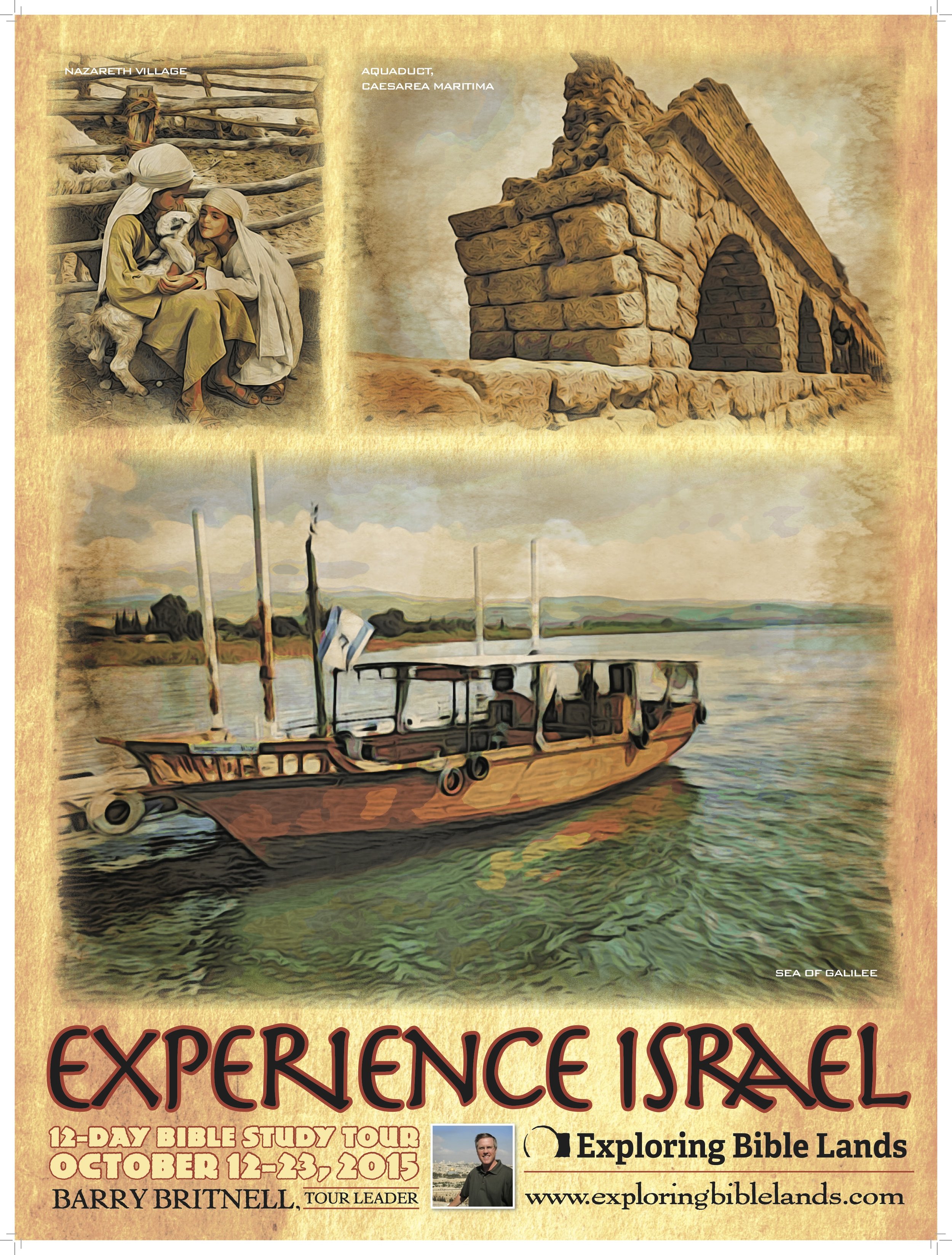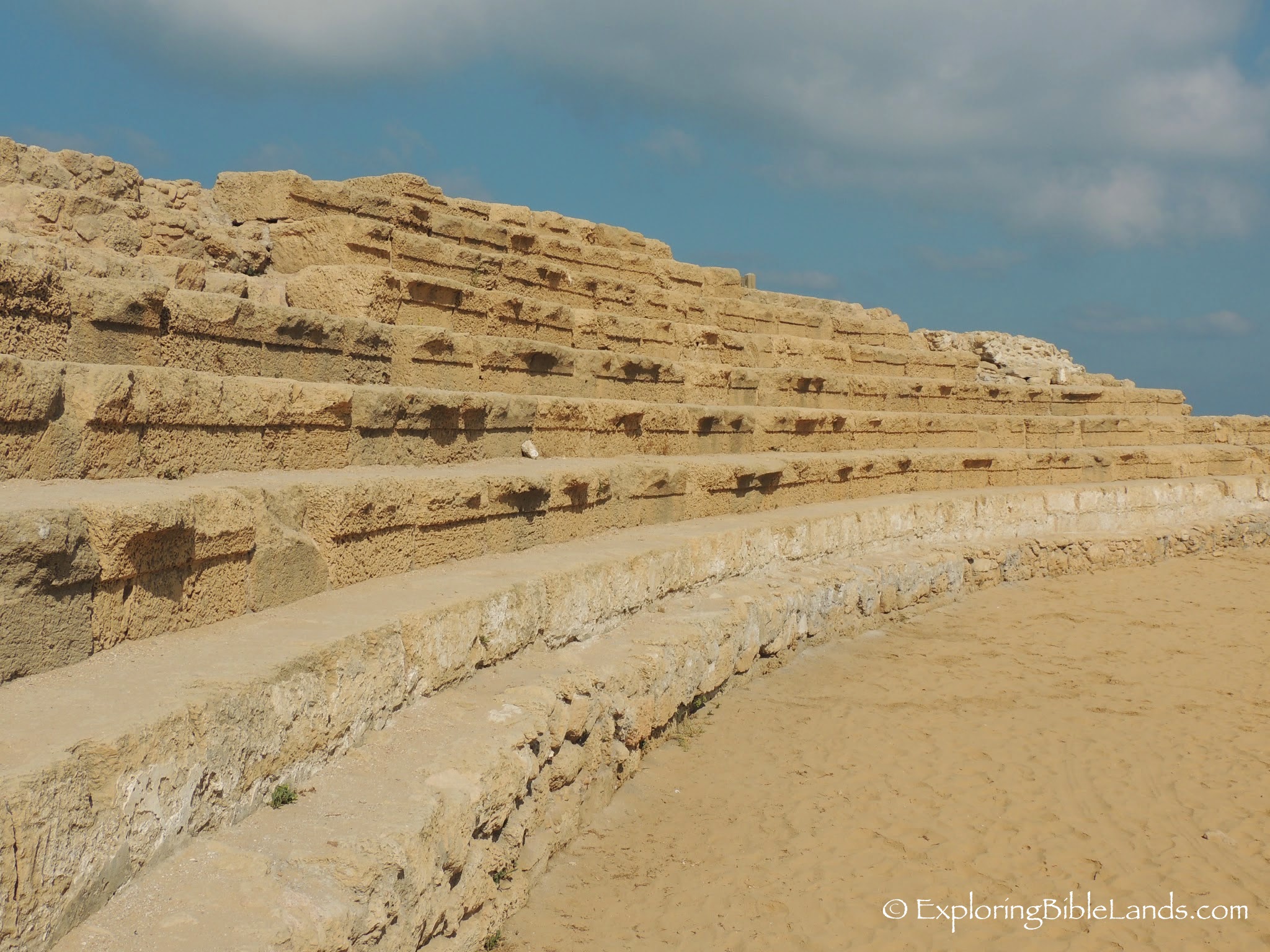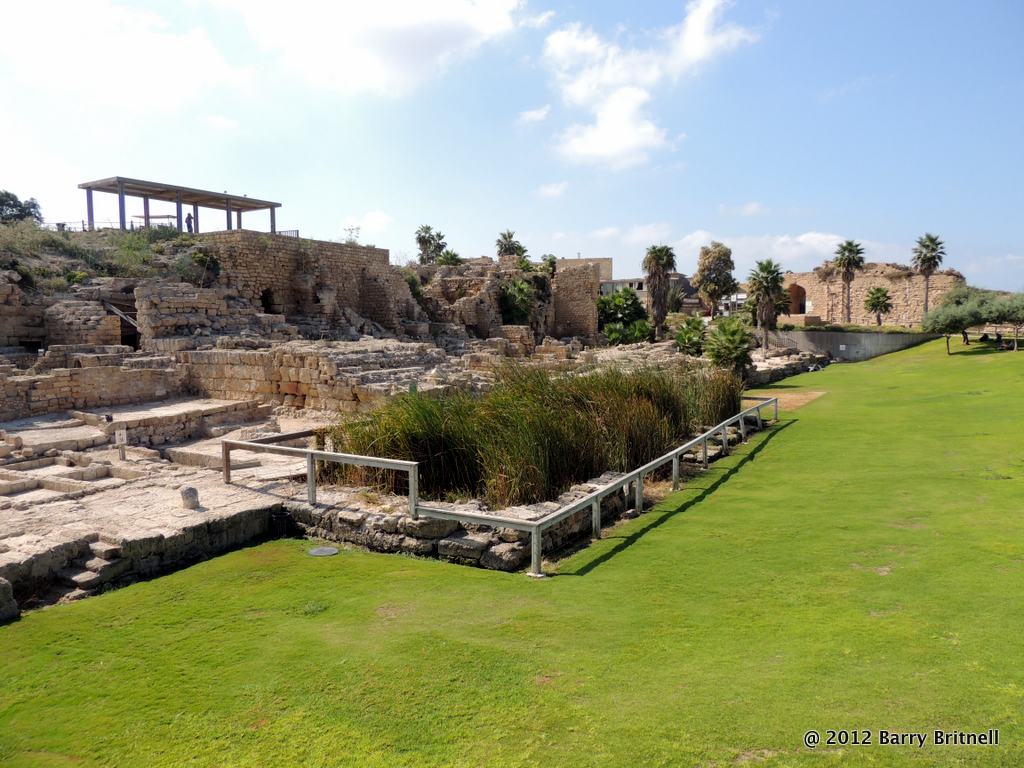 NOTE: I am continuing my series of retrospective posts on the our tour from one year ago. I invite you to start at the beginning and read through all of them.
After getting a good night's rest and leaving Netanya, we arrived at Caesarea Maritima. Simply referred to as Caesarea in the New Testament, this city played a prominent role in the book of Acts. The Gospel was first shared with the Gentiles in Caesarea. And Paul passed through this city many times as he traveled.
NOTE: I am continuing my series of retrospective posts on the our tour from one year ago. I invite you to start at the beginning and read through all of them.
After getting a good night's rest and leaving Netanya, we arrived at Caesarea Maritima. Simply referred to as Caesarea in the New Testament, this city played a prominent role in the book of Acts. The Gospel was first shared with the Gentiles in Caesarea. And Paul passed through this city many times as he traveled.
Rising up from the coast, we arrived at the top of the Mount Carmel ridge. This location offered us our first view of the Jezreel Valley. From this location, we considered the contest between Elijah and the prophets of Ba'al.
Our next stop was at Megiddo. This ancient city has been destroyed and rebuilt more than 20 times. Its location overlooking the Jezreel Valley made it strategically important and explains why it was conquered so many times.
At Nazareth, we visited a reconstructed first century village. This stop allows you to get a good feel for life during the time of Jesus.
Our day ended with our arrival at the Sea of Galilee. Watching the changing colors across the sea as the sun set was a great way to end our day.
Tomorrow: Exploring Northern Galilee and the Hula Valley.
Have you been enjoying these posts on last year's tour? Are you interested in traveling with me this year? Then, I would love to have you join me. Our 12-day tour is scheduled for October 12-23. We will stay one night on the Mediterranean Sea, three nights on the shores of the Sea of Galilee and five nights in beautiful Jerusalem. During the day, we will visit dozens of sites that will enhance your understanding of the land and of the Biblical stories that take place in them. Reservations are coming in, but we still have some availability! This is a first-class tour with many extras thrown in that many Israel tours overlook. If you are interested, I encourage you to read the itinerary and contact me personally for more details.














